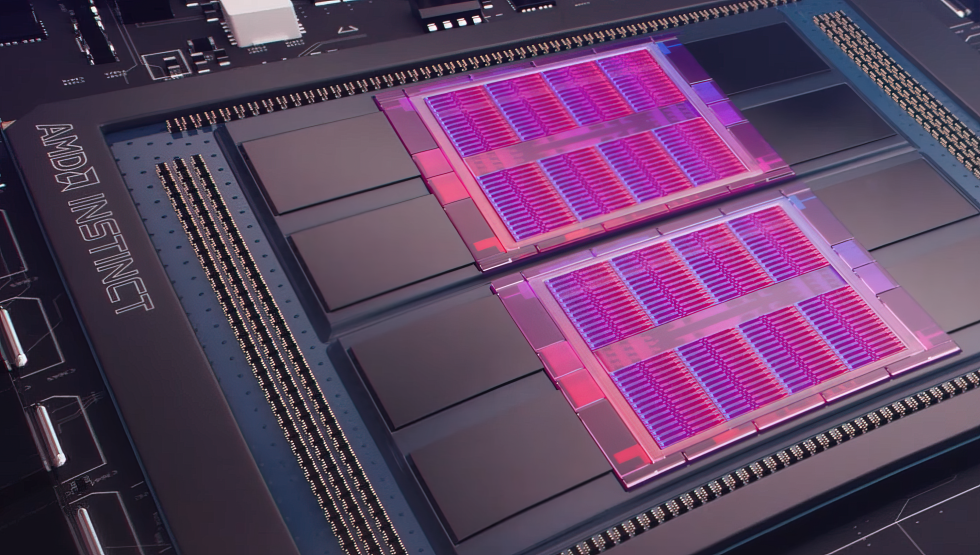Celestial AI, an emerging company in the field of AI, has developed a breakthrough interconnect solution that significantly increases chiplet efficiency by combining DDR5 and HBM memory using silicon photonics. This innovation could make AMD one of the first companies to implement such a design, TechRadar and The Next Platform reported. The AI industry is facing the need to make cross-generational advances, both in hardware and interconnect methods. Traditional solutions, such as NVIDIA’s NVLINK, Ethernet and AMD’s Infinity Fabric, are reaching their limits. Not only do they offer limited efficiency, they also leave little room for expansion, leaving the industry looking for alternatives.

Celestial AI addresses these challenges with its innovative “photonic fabric”. This technology is based on silicon photonics, which combines light and silicon to enable a more efficient and scalable interconnect solution. According to co-founder Dave Lazovsky, the Photonic Fabric has attracted significant interest from potential customers, including a $175 million funding round and support from industry leaders such as AMD.
The first generation of the photonic fabric offers an impressive performance of 1.8 Tb/s per square millimeter, which will be quadrupled in the second generation. To overcome memory capacity limitations when stacking HBM memory modules, Celestial AI integrates DDR5 memory into the design. This enables on-board memory capacity expansion by stacking two HBMs and four DDR5 DIMMs, resulting in combined capacities of 72GB up to 2TB. The use of DDR5 also offers an attractive price/performance ratio and contributes to the overall efficiency of the system.
Celestial AI refers to this method as “supercharged Grace Hopper without the high cost”.
Celestial AI plans to launch its interconnect solution in 2027 at the earliest, by which time competition in the silicon photonics sector will increase as TSMC and Intel also develop mainstream solutions. Celestial AI must therefore assert itself in a dynamic market.
Celestial AI’s photonic fabric represents a promising approach to increasing chiplet efficiency and has the potential to revolutionize the interconnect landscape in the AI industry. The combination of silicon photonics, DDR5 and HBM memory offers an innovative solution that can improve the performance and scalability of AI systems. However, Celestial AI’s success depends on the company’s ability to compete against growing competition and bring its technology to market in a timely and cost-effective manner.
Source: TechRadar, The Next Platform































3 Antworten
Kommentar
Lade neue Kommentare
Urgestein
Urgestein
Urgestein
Alle Kommentare lesen unter igor´sLAB Community →